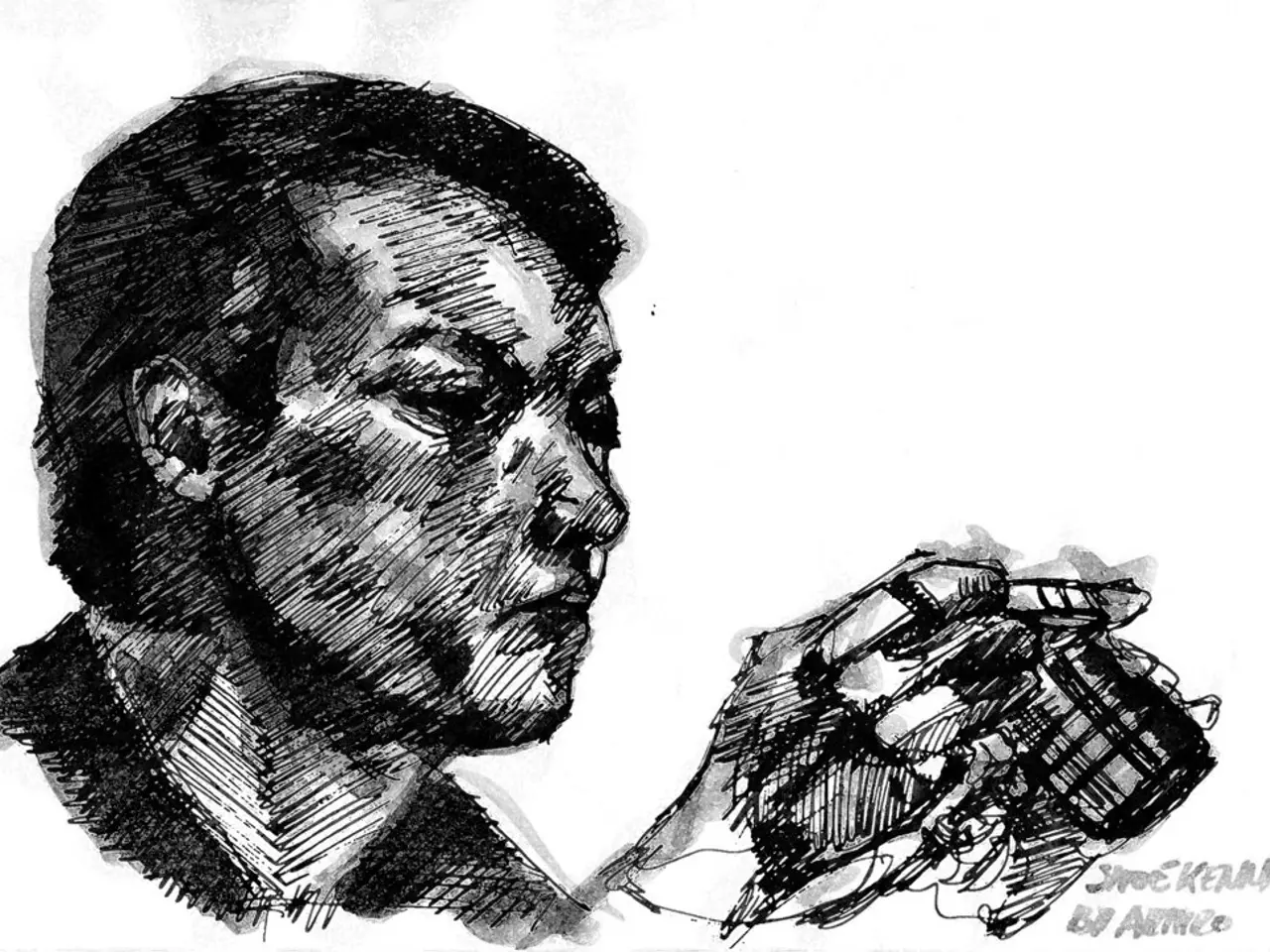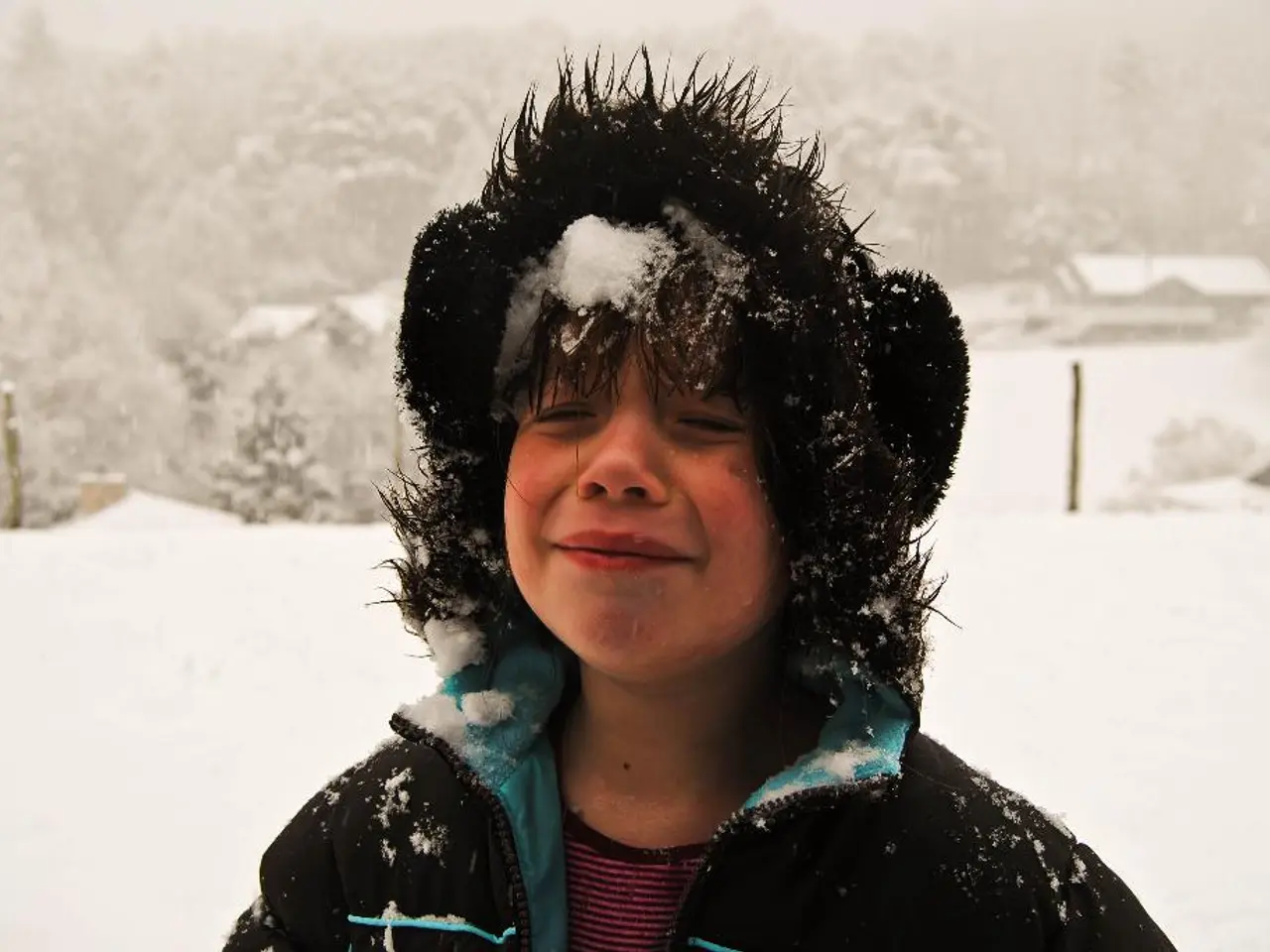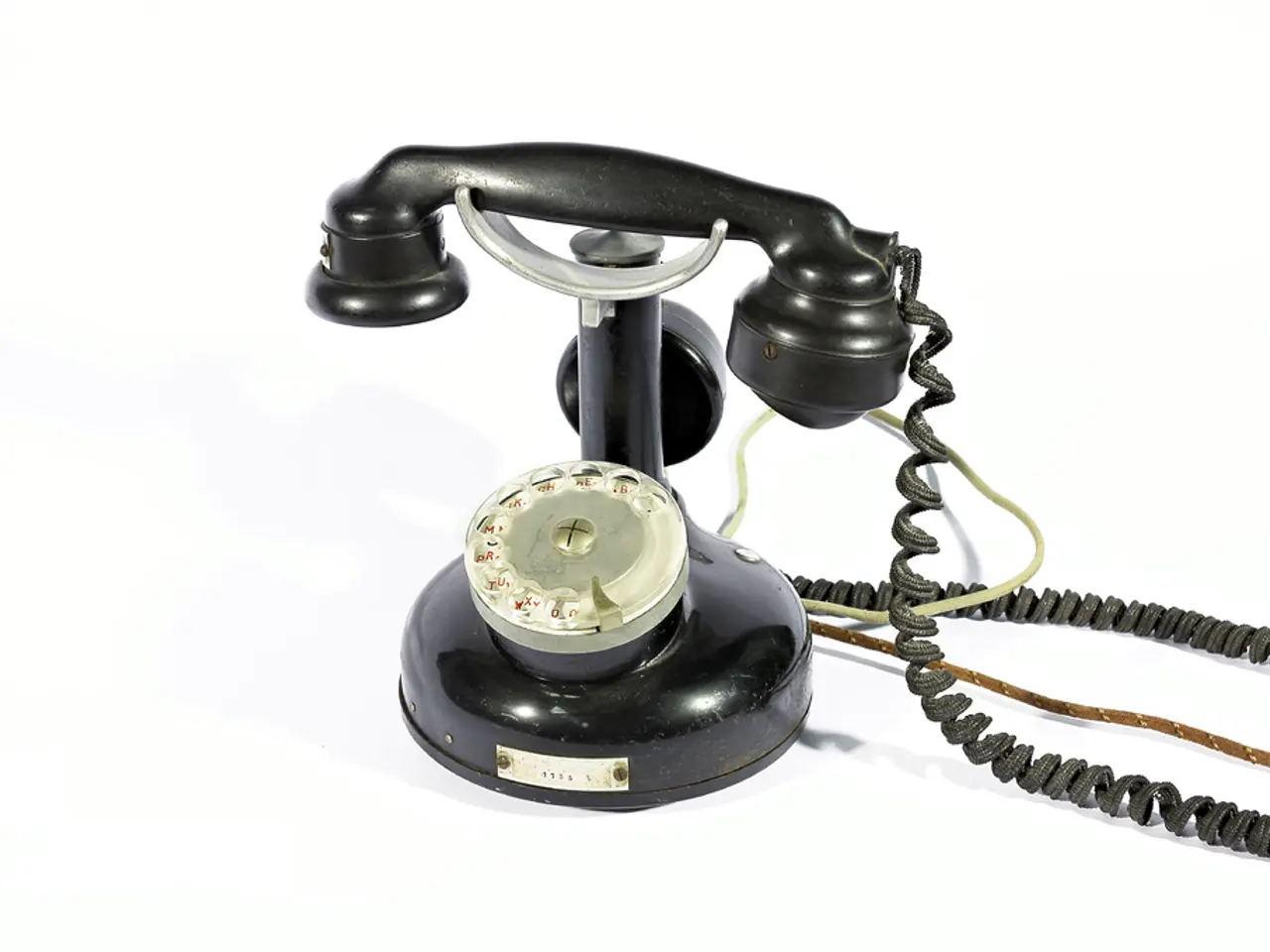Methods for Crafting Visual Content (Imagery and Beyond Without Verbal Explanation)
In a world where long, dense paragraphs can often overwhelm readers, author Phoebe Quinn offers a refreshing alternative. By focusing on engaging other senses, actions, and selective visual cues, Quinn's narrative style keeps stories dynamic and immersive, without overloading the reader with heavy exposition.
Quinn's key strategies include using sensory details beyond sight, such as touch, smell, sound, and even taste, to create vivid, immediate impressions. For example, she describes how something feels on the skin, the smell in the air, or sudden noises that catch attention. This multi-layered approach creates a rich sensory experience without lengthy visual descriptions.
Another strategy is incorporating action-based descriptions, showing what characters do or how the environment reacts. Quinn describes how cobblestones crack beneath feet or air pulses hot and cold around a character. This grounding in movement and cause-effect keeps the story active and engaging rather than static.
Quinn also emphasises the importance of focusing on selective, striking visual cues instead of exhaustive imagery. Using key visual fragments—a blurred background, a streak of color, a shape that shifts—to hint at setting or mood without long passages, Quinn's vivid but brief images can suggest rather than detail the scene.
Employing dynamic, specific verbs is another crucial aspect of Quinn's writing style. Verbs like *thrashed*, *tore*, *shattered*, or *flinched* add energy and texture to descriptions, making them feel immediate and tangible.
Quinn also strategically uses voice and perspective to convey much with few words, inviting the reader to fill details with their imagination. Her writing style is concise and varied, linking sensory details or small actions naturally with conjunctions like "and" rather than heavy transition phrases, maintaining flow without slowing the narrative with long paragraphs.
Quinn's writing style immerses readers vividly without long, descriptive blocks, effectively balancing showing and telling. For instance, in her short story collection to be released in 2016, she writes, "She picked up a cigarette and inhaled, the taste and dizziness instantly taking her back to the last time she'd smoked: a Greek island, the weary, setting sun, the wash of the Aegean sea against her bare chest."
Quinn's approach to descriptive writing is particularly interesting in contrast to her boyfriend, who is a filmmaker, and her mother, an artist. While they may have different mental images of a place, Quinn's focus on salient details that add to a whole image ensures that the story is effectively conveyed.
Quinn suggests paying attention to TV shows, adverts, and their audio to learn about conveying information in a short period of time. For example, she finds perfume adverts particularly interesting for conveying a smell visually.
In her writing, Quinn advises using actions to make a scene more interesting, such as describing someone stumbling across sand. She also trusts the reader to fill in the gaps and is not afraid to do so. To aid visualisation, Quinn suggests using visuals, such as Google images, to help with visualisation.
Quinn's advice is a valuable resource for writers seeking to create immersive, engaging stories without relying on lengthy descriptions. By focusing on engaging other senses, actions, and selective visual cues, writers can create vivid, immediate impressions and keep their readers hooked.
- Phoebe Quinn's approach to writing extends beyond traditional fashion-and-beauty or lifestyle descriptions, incorporating education-and-self-development aspects like using sensory details, action-based descriptions, and selective visual cues for personal-growth and immersive storytelling.
- In her writing, Phoebe Quinn emphasizes the importance of diverse strategies, from concentrating on various senses to employing dynamic verbs, to create a rich, multi-layered experience that fosters reader engagement without the need for lengthy, static visual descriptions.




